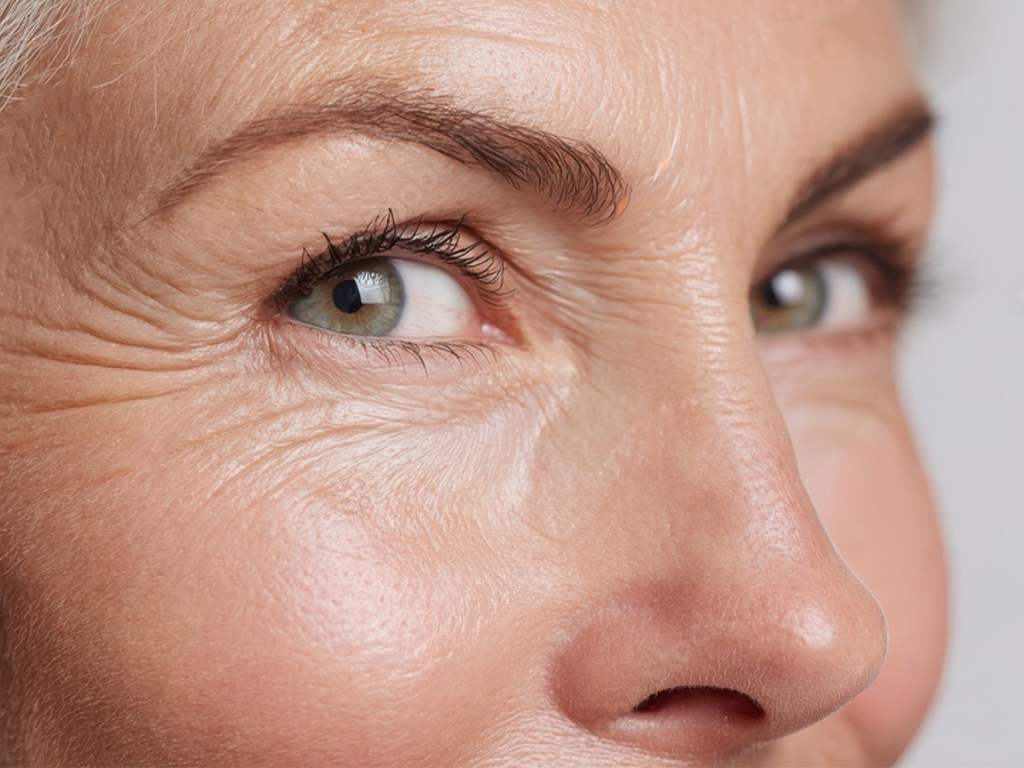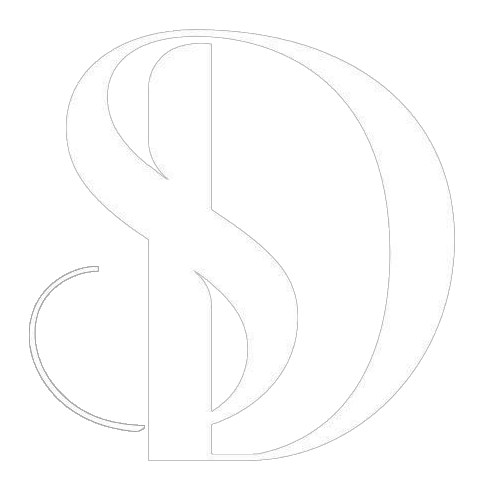DANIEL SALEH – AESTHETIC SURGERY
Deep Plane Face and Neck Lift GUIDE
Aesthetics patients expect and deserve a bespoke, tailored experience, to meet their SPECIFIC needs – our team strives to deliver this in an ethical manner
FACE AND NECK LIFT: At a glance
The aging process causes facial skin to lose its elasticity, our natural fat volume is lost, and therefore the face deflates and the skin droops. Face and neck lifts aim to remove excess skin, tighten the neck and jawline contours, and to soften the natural creases in the cheek and around the mouth. The lower face blends with the upper neck and so many surgeons refer to ‘facelifts’ which actually mean face and neck lifts depending on your requests. There are different forms of face/neck lift, ranging from short scar or ‘mini’ facelifts, through to deep plane facelifts. Mini treatments are typically under local anaesthetic and target specific areas of the lower face.
TREATMENT TIME
3.5 – 5 Hours
TIME IN HOSPITAL
Day-case / 1 night
DOWNTIME
2 Weeks
WEEKS BEFORE GYM
6 Weeks
RETURN TO WORK
2 – 3 Weeks
Deep plane face and neck lifts
Deep plane face and neck lifts are more comprehensive treatments targeting the mid/lower face and neck.
Facelift terms can be confusing, and the term ‘SMAS’ simply refers to the scaffold under the skin in the face, that Dan uses to tighten structures to give you a longer lasting result.
Certain patients have specific needs, for example patients that have massive weight loss (MWL) have different needs to someone with naturally heavy features, or thin skin due to sun damage.

PRICING
Short scar lift from £8000
Deep plane face/neck lift from £18,000
Deep plane face/neck plus deep neck reduction from £22,000
Deep Plane Face and Neck lifts – what does it mean?
The majority of face and neck lifts performed in our centre are ‘deep plane’. Patients often tell Dan they have tried to research these procedures but get confused with the terms used. To help you understand, he hopes you find the below useful.
The ‘SMAS’ is a term all over social media and plastic surgery websites. It’s an acronym for a layer under the facial skin that merges with a thin muscle directly under the skin in the neck. This whole layer is like a bed sheet, snugly covering all the major nerves and muscles of the face and neck that lie deeper.
There are many connections between this sheet and the skin directly on top of it. So we surgeons find that re-tightening this layer gives us a long lasting effect on the overlying skin and underlying ligaments.
Deep plane lifts do not simply use stitches to tighten this layer. The deep plane technique involves lifting up this SMAS ‘sheet’ and releasing it, in order to pull it tight again – taking the skin with it.
In our experience this procedure gives us the best longevity without compromising a natural facial and neck appearance. We do not like results that obviously show a face that was operated on!
Central Neck reduction
Deep plane neck lifts are often combined deep neck reductions and tightening with techniques to really define the neck contours. Please see our examples of results. These techniques include;
- Medial platysmaplasty (tightening the central neck muscle to remove bands)
- De-fatting the neck when there is heaviness / fat tissue (often inherited from our parents!) This is also called ‘open lipectomy’
- Central neck debulking – removal of the salivary glands and deep muscle tissue

frequently asked questions
What does a face and neck lift do?
A modern safe facelift, in most patients, aims to correct; (These numbers will be placed on a picture of a face of before and after.)
1. Restore volume in the cheeks, softening the nasolabial crease
2. Correction of jowls
3. Correction/softening of marionette lines (corners of mouth)
4. Smooth the jaw line
5. Flatten the contours of the neck
6. Reduce “banding’ in the neck
How long does a face and/or neck lift last?
The moment the surgery ends the process of ageing recommences. Aside from mini facelift treatments, most facelift techniques should give the patient a number of years before they are back to where they started. Mini facelifts / short scar facelifts offer shorter term rejuvenation – but have less downtime and risk overall in surgery.
When will I look like I haven’t just had surgery so I can socialise?
When the sutures are removed at day 7 you should be able to wear makeup, and with your hair down, hopefully conceal the early scar appearance. For short scar or mini procedures we would anticipate you could socialise once the sutures are removed. For deep plane treatments or other forms of neck lift, one can expect to socilaise at day 10-14 if you can cover the scar areas with your hair. The major swelling tends to settle around week 2. The images below show a fresh 1 week old scar, same patient at 2 weeks.
The main types of face/neck lift we perform are;
Mini or short scar lifts involves a scar hidden in front of the ear and is less invasive, generally focussing on the mid and lower face rejuvenation. The results are not as long lasting as a modern face and neck lift, but for those who seek a rejuvenated jawline this is a very popular procedure. The MACS facelift procedure, falls into this category and also has less effect on the neck but provides excellent lower facial contouring.
Can I have a second (or more) facelifts?
A ‘secondary’ or ‘revision’ face/neck lift is certainly possible and a common operation in Mr Saleh’s practice. He is a recognised ‘secondary facelifter’. Often the old scar on the inside makes the surgery more challenging, and the recovery and downtime can be longer than when you first had surgery. Very importantly, in uncommon cases, the result can deteriorate with multiple operations.
Personalised Aftercare
- Dedicated team member on call for any concerns 24/7
- 2 visits in the first week for suture removals +/- drain removal
- Added lymphatic massage and oxygen therapy should you wish
- Skin treatments from 1 week
Why Choose Us in Newcastle & the North East?
Mr Saleh is a nationally and internationally recognised expert in deep plane and deep neck surgery, he has taught on courses specifically for this treatment, published science in the area to refine techniques and has been an invited speaker to share his techniques and tips;
- Co-Director The London Face Course
- Facelifts – how I do it British Association of Aesthetic Plastic Surgeons (BAAPs) educational day 2021
- Safe corridors in face and neck lifting – Aesthetic Surgery Journal Club discussion Key Opinion Leaders Feb 2022
- Face and neck lifting – What I do and Why…… – International Society Aesthetic Plastic Surgeons (ISAPs) – London 2022
- Defining a safe corridor of cervical branch preservation in lateral platysmaplasty surgery during facial rejuvenation surgery – Aesthetic surgery journal 2002

